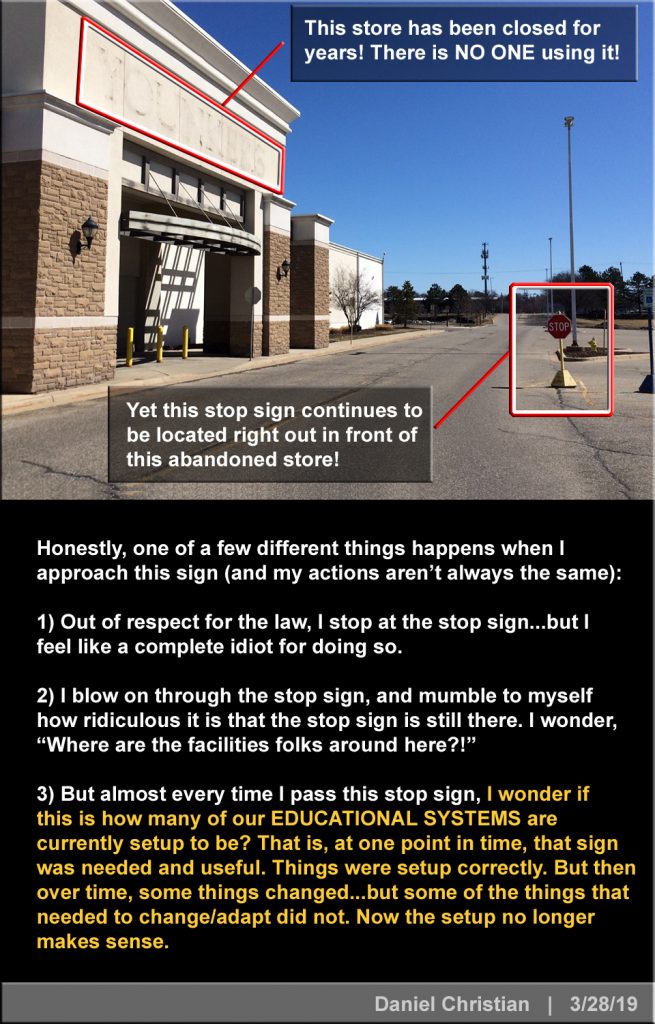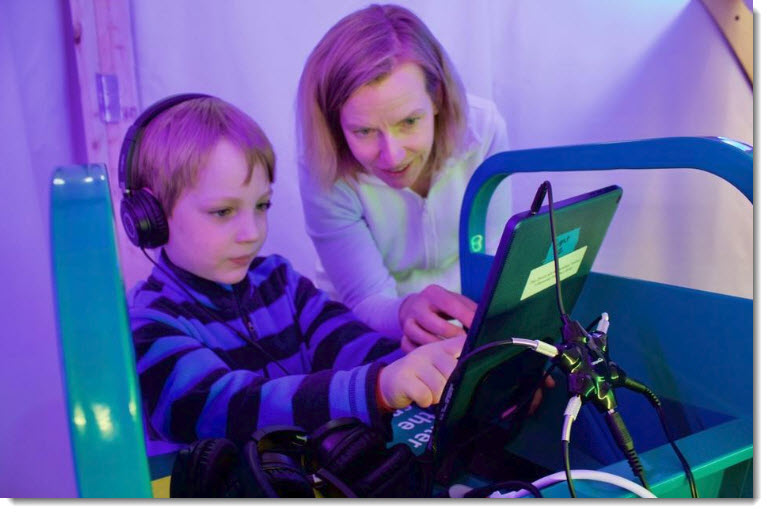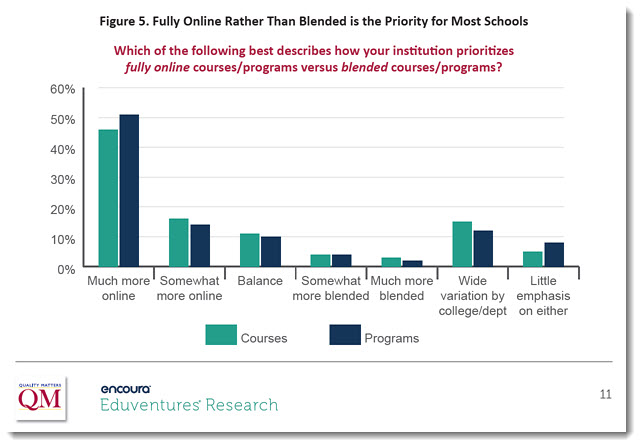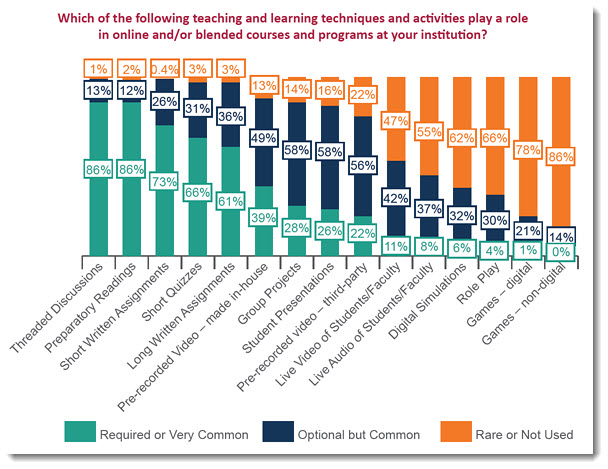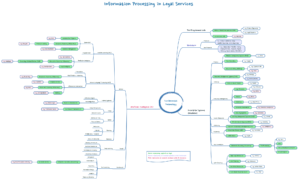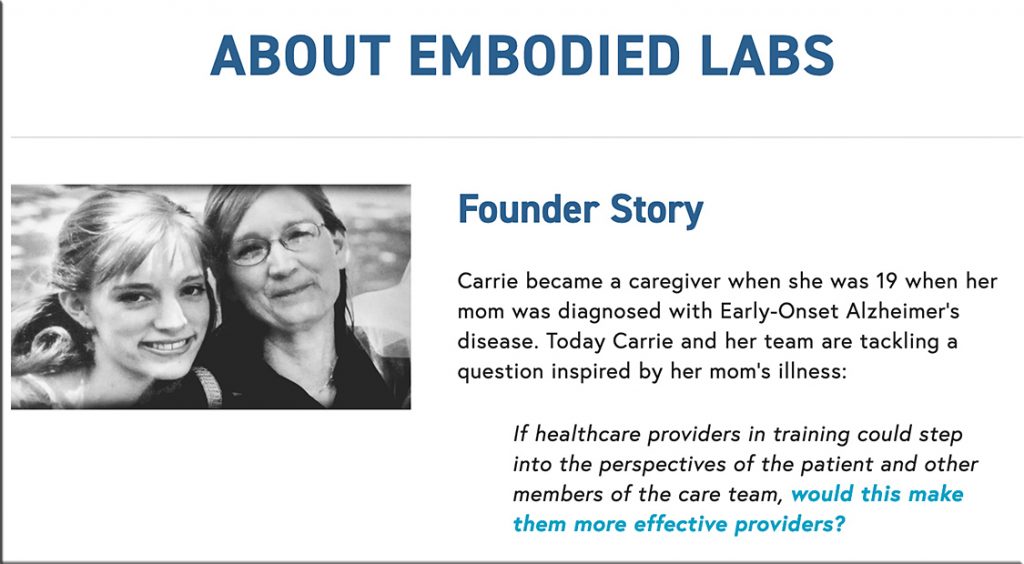Bad bargain: Why we still ask kids to factor polynomials and how we fix it — from gettingsmart.com by Tom Vander Ark
Excerpt:
OK, we cut a bad deal 20 years ago and it’s time to fix it.
Kids are still factoring polynomials and that’s just dumb. Requiring every student to pass a course on regurgitated symbol manipulation (Algebra 2) is torturous for many students and why some dropout. It’s an inequitable barrier to college and careers.
“The tragedy of high school math,” said venture investor and education advocate Ted Dintersmith (who has a Ph.D. in math modeling), “is that less than 20% of adults ever use algebra. No adult in America still does integrals and derivatives by hand – the calculus that blocks so many from career paths. It remains in the curriculum because it’s easy to test, not important to learn.”
Math educator Dan Meyer told the We’re Doing It All Wrong Podcast that algebra 2 is “arcane gibberish…not useful knowledge”…
…
Now, rather than the plug and crank of symbol manipulation, we should be teaching computational thinking. As mathematician Conrad Wolfram said, we should be teaching math as if computers existed.
Rather than a separate symbol language, Wolfram argues, math should be taught as computational thinking and integrated across the curriculum. That starts with problem finding–spotting big tough problems worth working on. Next comes understanding the problems and valuables associated–that’s algebraic reasoning. But rather than focusing on computation (including factoring those nasty polynomials), students should be building data sets and using computers to do what they’re good at–calculations.
…
To fix the problem, states that require Algebra 2 should swap it out for a course in coding and computational thinking. Colleges and college entrance exams should drop Algebra 2 requirements. They should start by asking young people about their contributions to solving big problems.
From DSC:
This posting reminded me that, just the other day, I took the picture below…it’s outside a local mall. The annotated picture below gives you some of my thoughts on this ridiculous setup.
